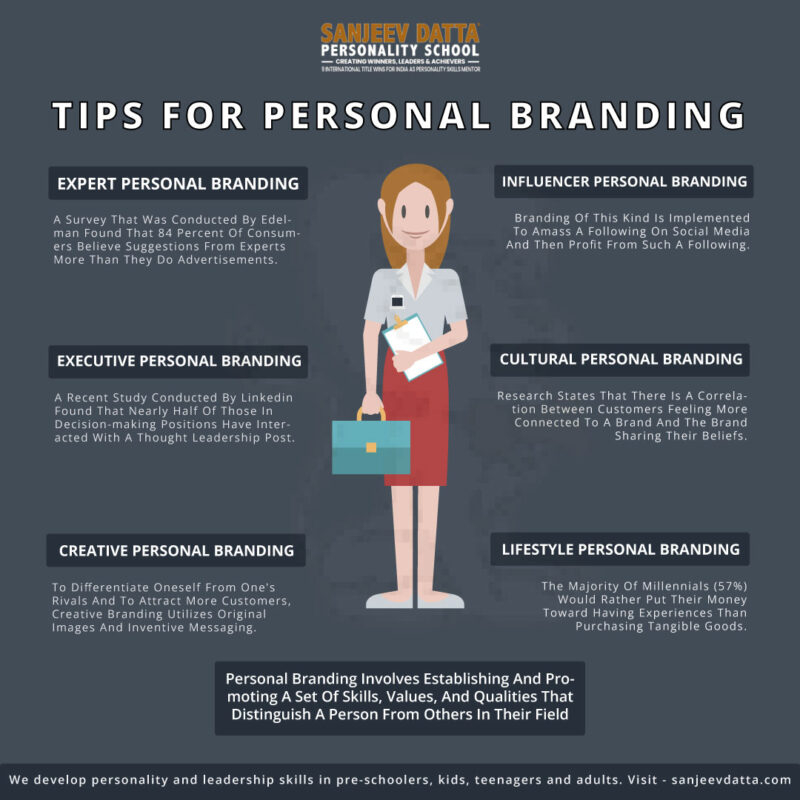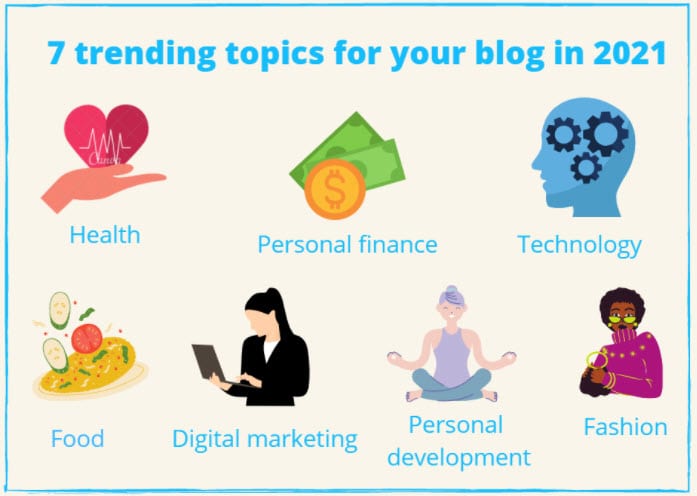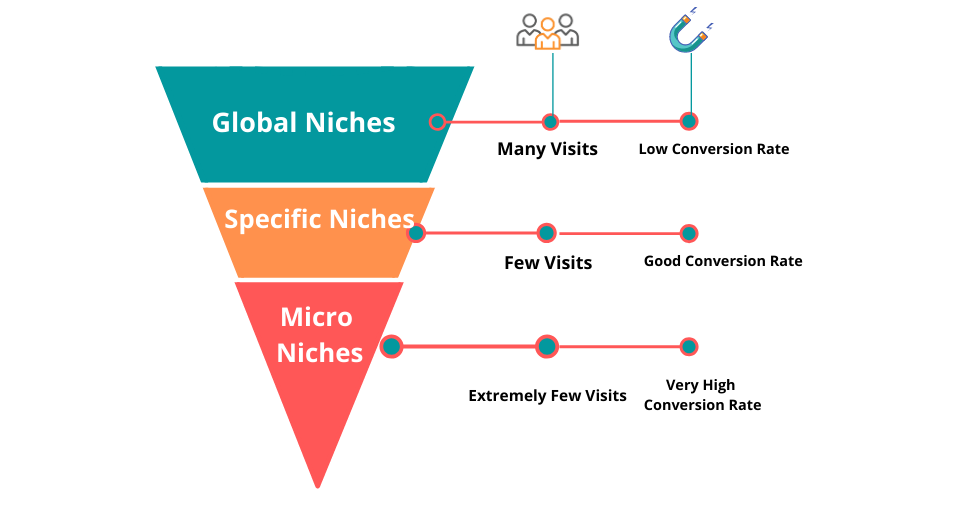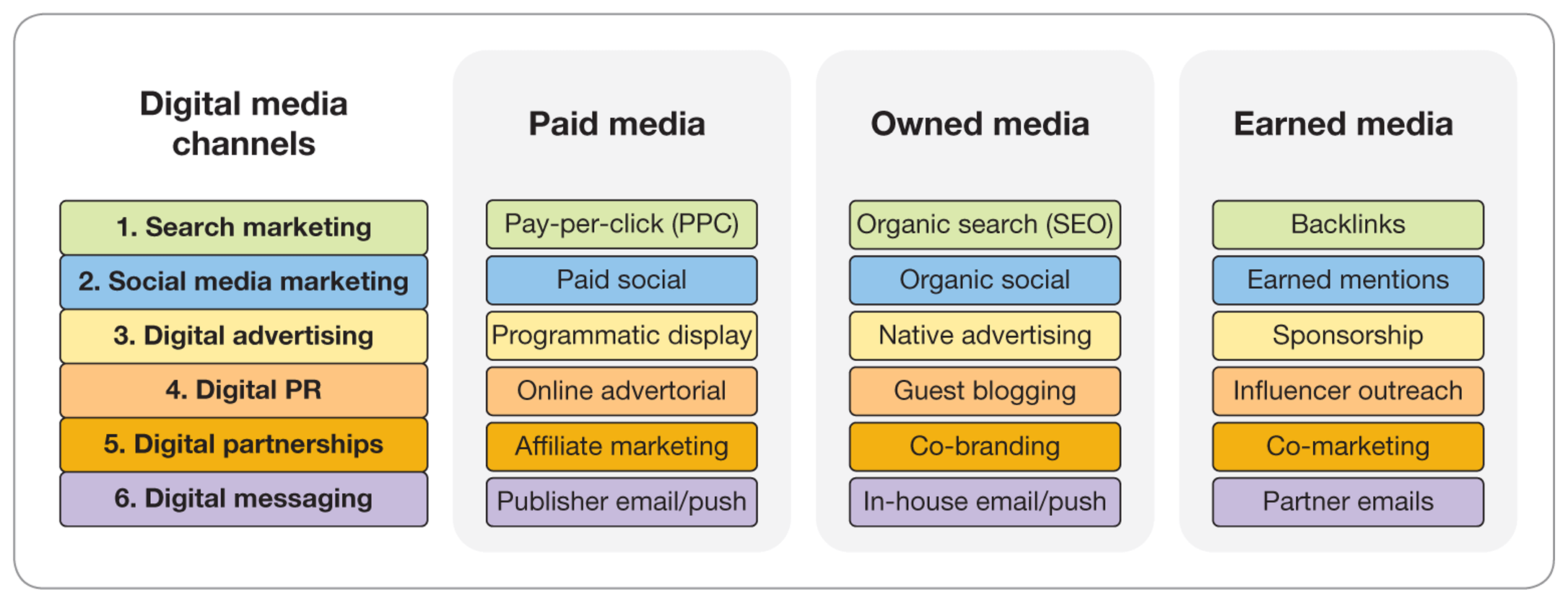Building a personal brand requires strong content pillars. These are key themes that guide your messaging and strategy.
They ensure your brand stays focused, consistent, and impactful. Why are content pillars important? They help create a clear message. They define what you stand for. They show your audience what to expect. Without them, your brand can seem scattered.
People may struggle to understand your vision. Content pillars provide structure. They keep your brand aligned with your values. They help in developing meaningful content. You can engage better with your audience. When your brand is clear, people relate to it. They feel connected and loyal. Content pillars guide your brand’s journey. They serve as a roadmap for success.

Credit: www.linkedin.com
Crafting A Personal Brand
Define your personal brand with clear content pillars. These pillars guide your message and keep it consistent. Choose topics that align with your values and expertise. This ensures your audience understands and connects with your brand identity.
Crafting a personal brand is essential in today’s digital world. It helps you stand out and establish your expertise. But where do you start? Building a strong personal brand involves understanding your own values and what makes you unique.Identifying Core Values
Start by asking yourself what truly matters to you. Your core values are the principles that guide your actions and decisions. They shape your brand’s foundation. Think about moments when you felt proud or fulfilled. What values were you honoring then? For example, if helping others brings you joy, generosity might be a core value. Reflect on these values regularly. As you grow, your values may evolve, and so should your personal brand. Keep them aligned for authenticity.Defining Unique Selling Points
What sets you apart from others in your field? Your unique selling points (USPs) are the traits or skills that make you special. List your skills, experiences, and achievements. Consider how these elements combine to form a unique offering. If you have a knack for simplifying complex topics, that’s a USP. Ask friends or colleagues for feedback. They might highlight strengths you overlooked. Use their insights to refine your USPs further. Crafting a personal brand is not a one-time task. It’s a continuous journey of self-discovery and refinement. Are you ready to take the first step?The Role Of Content Pillars
Content pillars are the backbone of a personal brand. They guide and organize your content strategy. Each pillar represents a core theme or topic. This helps maintain focus and direction. Understanding the role of content pillars is crucial. It ensures consistency and relevance in your brand messaging.
Foundation Of Consistency
Consistency builds trust. Content pillars serve as a foundation for consistent messaging. They ensure your audience knows what to expect. When content aligns with these pillars, it creates a cohesive brand image. It helps you stay on track with your goals. Repeated themes reinforce your brand identity. This strengthens your connection with your audience.
Streamlining Content Creation
Content pillars simplify the creation process. They provide clear topics to focus on. This reduces decision fatigue. Knowing your pillars helps you plan content efficiently. It saves time and effort. You can easily generate ideas that fit your brand’s themes. This leads to more engaging content. Streamlining content creation also enhances productivity.
Selecting Content Pillars
Creating content pillars for your personal brand lays the foundation. It guides all your content creation efforts. These pillars serve as thematic areas. They help maintain focus and consistency. Selecting the right content pillars is crucial. It ensures your brand resonates with your target audience.
Aligning With Audience Needs
Your audience shapes your content pillars. Understand their needs and interests. What are their pain points? What information do they seek? Their preferences guide your content strategy. Conduct surveys or analyze social media interactions. Gather insights to align your content with their expectations.
Audience engagement is key. Content must be relatable and valuable. Address their specific challenges. Provide solutions and insights. This builds trust and loyalty. Consistent engagement strengthens your brand’s position.
Reflecting Personal Expertise
Your expertise should shine through your content pillars. Showcase your knowledge and skills. Share your experiences and insights. This positions you as an authority. People trust experts with proven track records.
Identify your strengths. What topics can you speak on confidently? Choose pillars that reflect your expertise. This ensures authenticity and credibility. Your audience will appreciate genuine insights. It differentiates your brand from others.
These pillars should evolve. As your expertise grows, your content should too. Keep up with industry trends. Adapt and expand your knowledge base. This keeps your content fresh and relevant.

Credit: personalbrand.com
Building Authority With Content
Building authority with content is crucial for a personal brand. It helps establish trust and sets you apart in your field. This process involves showcasing expertise and consistently delivering valuable information. The right content can position you as a knowledgeable and reliable source. Let’s explore how to build authority through content.
Establishing Credibility
Credibility starts with sharing accurate and insightful information. Use verified data and facts in your content. This builds trust among your audience. Share your experiences and knowledge openly. It makes your content relatable and trustworthy. Being consistent in your messaging strengthens your credibility further.
Engage with your audience regularly. Respond to comments and questions promptly. This interaction shows you value their opinions. It enhances your credibility. Regular updates keep your audience informed and engaged. This ongoing communication is vital for maintaining credibility.
Demonstrating Thought Leadership
Thought leadership involves sharing innovative ideas. Offer unique perspectives on industry trends. This positions you as a leader in your field. Publish articles, videos, or podcasts that challenge conventional thinking. This demonstrates your deep understanding and forward-thinking approach.
Collaboration with other leaders strengthens your position. Participate in industry discussions and events. This expands your network and influence. Thought leadership attracts more followers and enhances your brand authority. Your insights become a source of inspiration for others.
Content Formats For Engagement
Creating strong content pillars boosts personal branding. Video tutorials, blog posts, and social media updates capture audience attention. These formats encourage interaction and enhance brand identity.
Creating engaging content is crucial for building a personal brand that resonates. Different content formats can help you reach and engage with your audience effectively. Think about the platforms your audience uses and the types of content they enjoy. Using diverse formats not only keeps your audience interested but also showcases your versatility as a brand.Leveraging Social Media
Social media is a powerhouse for engagement. Platforms like Instagram, Twitter, and LinkedIn offer unique ways to connect with your audience. You can use Instagram Stories for quick updates or behind-the-scenes peeks. Twitter is great for sharing short, impactful thoughts and engaging in discussions. LinkedIn allows you to share professional insights and network with like-minded individuals. Consistency is key. Regular posts keep your brand fresh in the minds of your followers. Experiment with different content types like videos, polls, and live sessions. This variety keeps your audience engaged and encourages interaction. Have you tried asking your followers what they want to see more of? Their feedback can guide your content strategy.Utilizing Blogs And Articles
Blogs and articles allow you to dive deep into topics that matter to your audience. They establish you as an authority in your field and give you space to share your expertise. A well-written blog can attract new followers and retain existing ones. Consider writing about experiences that taught you valuable lessons. Share actionable tips that your audience can apply in their own lives. This not only provides value but also builds trust with your readers. You might wonder how often you should publish. Regularly updating your blog keeps your audience coming back for more. Use your blog to address questions your audience frequently asks. This not only provides answers but also shows that you listen to their needs. In your journey to build a personal brand, what content formats have you found most effective? Engaging with your audience in diverse ways can set you apart and make your brand memorable.
Credit: sanjeevdatta.com
Measuring Impact And Reach
Understanding the effectiveness of your content is crucial for personal branding. Measuring impact and reach helps refine your strategy. It ensures your message resonates with the right audience. This section delves into analyzing metrics and adjusting strategies to boost your brand’s influence.
Analyzing Engagement Metrics
Engagement metrics reveal how well your content performs. Metrics like likes, shares, and comments show audience interaction. High engagement indicates your content hits the mark. Focus on understanding which posts receive more attention. Identify patterns in your successful content.
Review the time spent on each piece of content. Longer viewing times mean your audience finds value. Use tools to track these metrics effectively. Google Analytics and social media insights can guide your analysis. Regularly update your approach based on these insights.
Adjusting Strategies For Growth
Growth requires constant evaluation and adjustment. Review your content strategy regularly. Identify areas needing improvement. Adjust topics to match audience interests. Experiment with different formats to see what works best.
Consider feedback from your audience. Comments can offer valuable insights. Learn from what your audience says. Adapt your strategy to align with their needs. Monitor trends to stay relevant. This ensures your personal brand evolves with changing preferences.
Overcoming Challenges
Building content pillars strengthens your personal brand. They guide your audience through your core values and expertise. Focus on consistent and valuable content to overcome branding challenges.
Building a personal brand is an exciting journey, but it doesn’t come without its challenges. You might feel overwhelmed at times, especially when trying to maintain a consistent image or dealing with negativity. But overcoming these hurdles is crucial to establish a strong presence and connect with your audience. Let’s dive into how you can tackle these challenges head-on.Maintaining Consistency
Consistency is key to a recognizable brand. But let’s be honest; life sometimes gets in the way. You might miss a post or deviate from your brand message. It’s okay to be human. What’s important is getting back on track. Create a content calendar. It helps you plan ahead and maintain a regular posting schedule. Even if you slip up, the calendar acts as a guide to help you realign. Engage with your audience regularly. Ask yourself, “What do they need right now?” This keeps your content relevant and consistent with their expectations.Handling Negative Feedback
Negative feedback can sting, but it’s an opportunity for growth. It’s easy to feel defensive, but instead, pause and reflect. Could there be truth in their words? Respond with grace. A polite reply can turn a critic into a supporter. Address their concerns sincerely and offer solutions if possible. Use negativity to fuel improvement. Evaluate what went wrong and how you can do better next time. Remember, every brand faces criticism; how you handle it sets you apart. Challenges are part of the journey. How do you plan to tackle them in your personal brand? Your approach can shape your path to success.Future Trends In Personal Branding
The landscape of personal branding is evolving rapidly. As digital spaces expand, individuals must adapt. Future trends in personal branding focus on innovation and adaptability. Understanding these trends is crucial for maintaining a strong personal brand.
Embracing New Platforms
New platforms are emerging every year. These platforms offer unique ways to connect. TikTok and Clubhouse are popular among younger audiences. Each platform has distinct features and user demographics. Understanding these differences is vital. Choosing the right platform aligns with your brand goals.
Experimentation is key. Try different content styles to see what works. Authenticity is appreciated by audiences. Personal stories can create deeper connections. Engage directly with your audience. Respond to comments and messages promptly.
Innovating Content Strategies
Content strategies must evolve with trends. Short-form content is gaining popularity. Quick videos and snappy posts capture attention. Creativity and consistency are essential. Consider using stories and live sessions. These formats encourage real-time interaction.
Visual content remains impactful. Infographics and images can convey messages quickly. Use visuals to enhance storytelling. Monitor analytics to understand audience preferences. This helps refine your strategy for better engagement.
Frequently Asked Questions
What Are The 7 Pillars Of Personal Branding?
The 7 pillars of personal branding are authenticity, clarity, consistency, visibility, value, connections, and storytelling. These elements help define and communicate your unique identity. Building a strong personal brand enhances your reputation and professional opportunities.
What Are The 5 C’s Of Personal Branding?
The 5 C’s of personal branding are Clarity, Consistency, Content, Connection, and Credibility. Clarity defines your unique value. Consistency ensures uniform messaging. Content builds your story. Connection strengthens relationships. Credibility establishes trust and authority.
What Are The 5 Pillars Of A Brand?
The 5 pillars of a brand are purpose, perception, identity, communication, and experience. Purpose defines the brand’s mission. Perception reflects how consumers see the brand. Identity encompasses visuals and messaging. Communication involves consistent engagement. Experience ensures customer satisfaction and loyalty.
What Are The 5 A’s Of Personal Branding?
The 5 A’s of personal branding are Authenticity, Authority, Aspiration, Articulation, and Appearance. Authenticity builds trust, Authority establishes expertise, Aspiration inspires others, Articulation communicates clearly, and Appearance creates a positive impression. These elements enhance your personal brand’s impact and visibility.
Conclusion
Crafting content pillars strengthens your personal brand. They guide your message. They keep your brand consistent and clear. Each pillar tells your unique story. They connect with your audience. They build trust and credibility. Regularly update your pillars. Adapt them to fit new goals.
Stay authentic and relatable. Keep your brand voice consistent. Engage with your audience. Use feedback to improve. Content pillars are your foundation. They support your brand’s growth. Start building yours today. Enjoy the journey.



